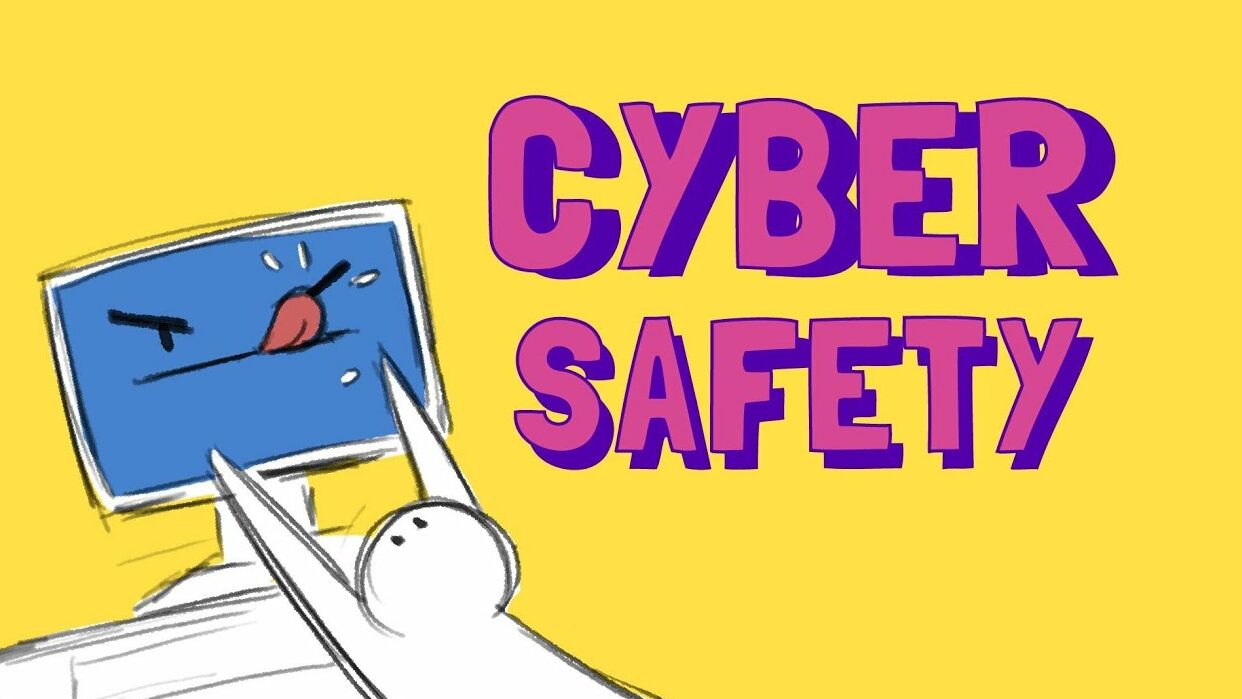We all want to keep our kids safe, but how do we do that in a cyber world? It can be tough to navigate the online waters and make sure our children are staying out of harm’s way. In this comprehensive guide, we will walk you through the steps you need to take to keep your kids safe online. From setting parental controls to talking about internet safety, we have you covered!
Get the Parental Control Tools You Need
One of the best ways to keep your kids safe online is to make use of parental control tools. These tools can help you monitor their activity and block inappropriate content. Many internet service providers (ISPs) offer parental controls, or you can use third-party software like Pumpic.
Teach Your Kids About Internet Safety

It’s important to talk to your kids about internet safety from an early age. Help them understand the importance of keeping their personal information private and not talking to strangers online. As they get older, you can discuss more complex topics like cyberbullying and online predators.
Keep an Eye on Their Online Activity
One of the best ways to keep your kids safe online is to monitor their activity. This can be done through parental control tools like Pumpic. With Pumpic, you can see what websites they’re visiting, what apps they’re using, and who they’re talking to online. This information can help you identify any red flags and have a more informed conversation with your kids about internet safety.
Teach Them to be Aware of Scams
There are a lot of scams that target kids online. They might try to get personal information like their name, address, or date of birth. They might also try to get money from them. Teach your kids to be aware of these scams and never give out personal information or money to someone they don’t know online.
Help Them Deal With Cyberbullying
Unfortunately, cyberbullying is a reality for many kids today. If your child is being bullied online, it’s important to talk to them about it. Help them understand that it’s not their fault and that they can come to you for help. Show them how to block and report the bully, and encourage them to tell you if it happens again.
Also Read:
- Social Media Cyber Security: What Information is at Stake?
- 3 Emerging Technologies Impacting Cyber Security
- Cybersecurity 101 – How to Spot the Most Common Types of Malware
Encourage Them to be Thoughtful About What They Share Online
Anything that your child posts online can be seen by anyone in the world. Help them understand that once something is posted, it’s very hard to take it back. Encourage them to think carefully about what they share online and remind them that they should never share personal information or anything that could be used to hurt someone else.
Set Limits on Screen Time

Too much screen time can be bad for kids’ physical and mental health. It’s important to set limits on how much time your child spends in front of a screen and to make sure that they are balancing screen time with other activities.
Teach Them to be Savvy Shoppers Online
There are a lot of scams and fake deals online. Help your child understand how to spot a scam, and teach them to be careful about giving out personal information or credit card numbers. Show them how to research a deal before they buy anything, and remind them that if something seems too good to be true, it probably is.
Must Read: 10 Cybersecurity Safety Rules For Online Shopping
Keep the Lines of Communication Open
The best way to keep your child safe online is to talk to them about what they’re doing. Let them know that you’re always available to answer any questions or help if they run into trouble. Encourage them to come to you if they see something online that makes them feel uncomfortable.
Set Clear Rules and Expectations
Sit down with your child and set some ground rules for their online activity. Decide together what sites they’re allowed to visit, what kind of information they’re allowed to share, and how much time they’re allowed to spend online. Be sure to explain why you’re setting these rules and help them understand the potential consequences of breaking them.
Conclusion
The internet can be a great resource for kids, but it’s important to make sure they’re using it safely. By following the tips in this guide, you can help your children stay safe online while still being able to enjoy all the benefits the internet has to offer.
FAQs
Q: What are some common cyber risks for kids?
A: Some common cyber risks for kids include identity theft, online predators, cyberbullying, and exposure to inappropriate content.
Q: How can I tell if my child is being cyberbullied?
A: There are a few signs that may indicate your child is being cyberbullied, such as sudden changes in mood or behaviour, avoidance of social activities, withdrawal from friends or family, and declining grades. If you suspect your child is being cyberbullied, talk to them about it and encourage them to come to you if it happens again. You can also keep an eye on their social media activity and look for any red flags.

